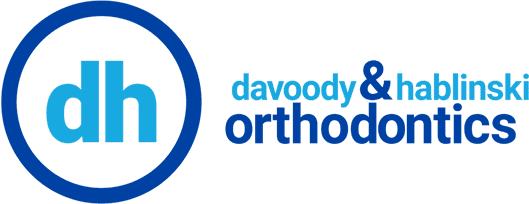Snacks for Healthy Teeth while Watching the Big Game
It’s almost game day and you’re wondering what to put on the menu for your guests. Most snacks are typically highly processed and unhealthy. Why not mix it up this year and opt for some snacks that promote good oral health? Here are some of Dr. Hablinski favorites! Apples, carrots, celery, and cucumbers: These foods and other crispy,
Dangers of DIY Orthodontics on the Internet
All over the Internet you’ll find videos and articles showing how you can close the gap between teeth or space them out. There is a plethora of DIY orthodontic techniques out there — you can even mail order your own impressions to get clear aligners, without even seeing a dentist or orthodontist. Following the instructions laid out in
Tips to Help You Beat the Heat This Summer
The dog days of summer are upon us, and with the temperatures soaring, our team at Dr. Mark P. Hablinski Orthodontics wants you to be extra careful about sun safety when you’re out and about. Check out this incredibly helpful article on the Ten Summer Safety Tips for Kids, courtesy of Discovery. Dr. Hablinski and our team also
Electric Toothbrush: How do you choose?
Since the introduction of the power toothbrush in the 1960s, this tool has undergone many technological advances, from design and bristle motions to rotation oscillation and sonic vibration. What is rotation oscillation? That’s when the head of the toothbrush alternately rotates in one direction and then the other. Power toothbrushes can deliver up to 50,000 strokes per minute,
Braces-Friendly Recipe: Breakfast
Kids can be picky eaters. How many times have you seen your child try to hide the peas under a mound of mashed potatoes? At Dr. Mark P. Hablinski Orthodontics, Dr. Hablinski and our team understand how hard it can be to get your child to eat the recommended daily allowance of fruits and vegetables. The task of
Which type of mouthwash is best?
Taking care of your oral health involves a daily regimen of brushing, flossing, and rinsing to prevent tooth decay and bacterial infections. Though you may have asked us which toothbrush to use, few patients at Dr. Mark P. Hablinski Orthodontics ask about mouthwash. However, different mouthwashes you might choose will have varying effects on your oral health. So

